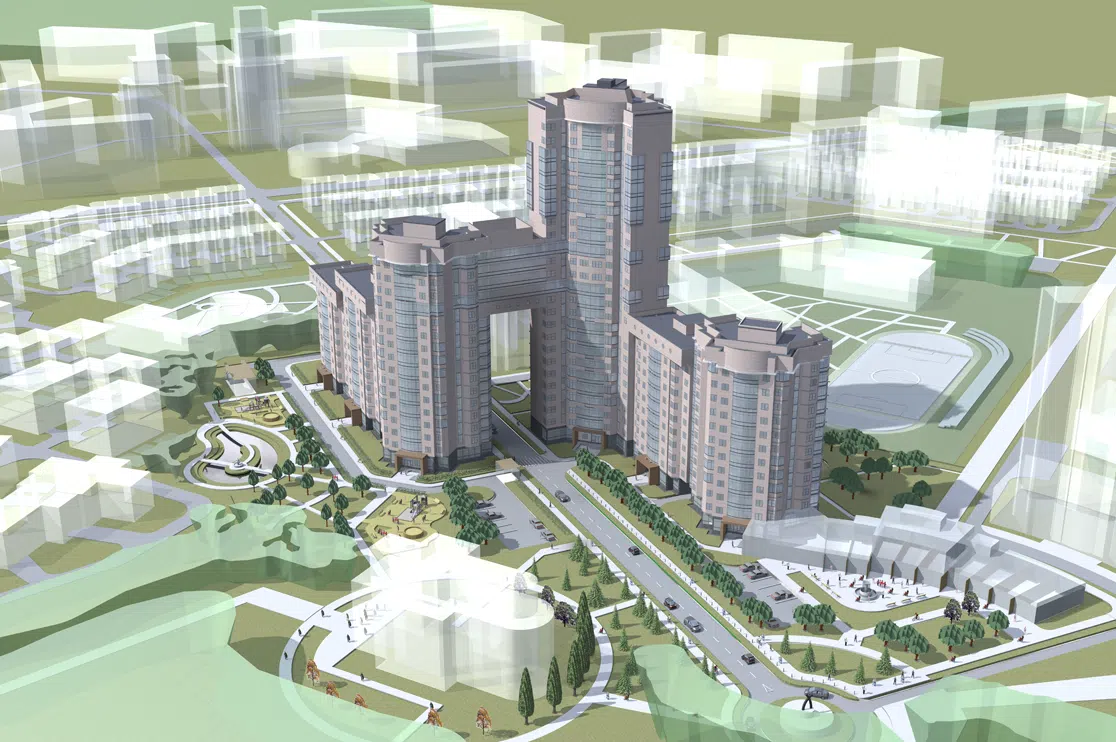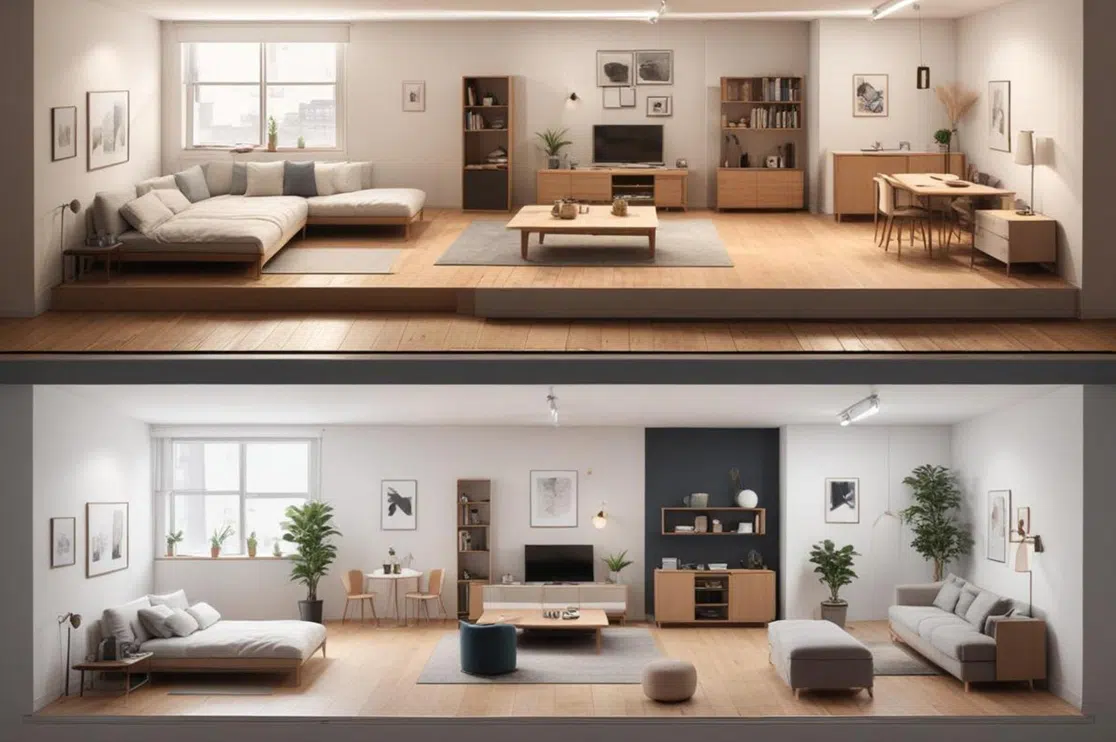Augmented reality in construction will help you give your clients an interactive and customized experience. This translates to further business growth and more customer loyalty.
However, efficiently taking advantage of AR in construction projects demands an understanding of what augmented reality can do.
In this article, you’ll learn about that.
Table of Contents
Introduction
In 2020, the global market size for augmented reality was valued at 17.67 billion USD. It is predicted to expand at a CAGR of 43.8% from 2021 to 2028.
A growing demand for collaboration and remote assistance is expected to push expansion even further. Furthermore, the increasing adoption of smart glasses and other wearable and handheld devices is driving growth for immersive experiences.
Augmented reality superimposes virtual images onto “real” environments. Due to its interactive nature and see-through factor, many professionals consider it better suited than virtual reality (VR) for architecture and engineering. Typically, it is powered by headsets, mobile apps, and other smart devices.
Augmented reality for construction projects is versatile and can extend to city planning, civil infrastructure, disaster prediction, and architectural design.
Examples of Augmented Reality Applications:
-
eCommerce: Allowing customers to see what a product may look like in a different environment, such as a sofa in the customer’s living room.
-
Healthcare:: Visualizing organs, simulating procedures, projecting 3D representations of patients’ anatomy for enhanced accuracy.
Applications of Augmented Reality in Construction
There are many uses and advantages of augmented reality in construction. Here are some of them.
1. Progress Capture
AR can document and track the progression of your project. For example, you will be able to identify the status of a floorplan and automatically snap images at each capture point.
This process ensures that your team captures the same location for the duration of the project.
2. Project Presentation
AR is a great way of helping stakeholders gain a better understanding of the project. It can layer elements and details onto your building plan, provide architectural tours, and showcase 3D models.
This means that your clients will get a detailed, accurate idea of what a structure will look like on-site before it is built.
3. Enhanced Collaboration
Augmented reality is especially useful for remote collaboration. It empowers teams to share 3D videos and images with team members who are not on site or in the same location. This includes taking and sending videos and photos of issues to remote workers.
Identifying errors before construction also becomes easier due to the detailed 3D images and videos.
For example, with an augmented reality headset, workers can view details such as HVAC systems, pipes, windows and doors. They can compare the details to those of the building plan and ensure that nothing is out of place. This will help reduce time spent on fixing both minor and major errors.
4. Equipment Training
With the use of demos, AR can help people to use heavy machinery or complex equipment. Workers will be able to know how the equipment works before they actually use it – or oversee others using it.
It can also be used to demonstrate the effects of hazardous materials or dangerous situations without exposing any workers to actual harm.
5. Streamlined Project Planning
Building Information Modeling (BIM) and 3D modeling help to keep the project on track and within budget.
6. Modifying Details
With augmented reality in construction, workers can change layouts or structural components with relative ease. AR will show them incompatibilities, how systems work together, and even potential future issues. This reduces the chance of later rework and helps you save money.
Limitations of Augmented Reality
-
Use of AR requires appropriate training, and hence can be time intensive
-
AR equipment can be costly to maintain
-
Lack of standardization means there is room for confusion
Conclusion
Augmented reality in construction is only going to grow in the coming years. Identifying opportunities to use AR in your architectural and construction projects will help you retain a competitive edge.
And what better time to start than now? BluEntCAD offers 3D rendering services, including immersive, detailed architectural walkthroughs. We cater to large commercial architects, homebuilders, real estate developers, home renovators, interior decorators, design build contractors and remodelers.
Ready to race past your competition with 3D rendering services? Contact us now!







 Architectural Rendering: Revolutionizing Urban Planning for Future Cities
Architectural Rendering: Revolutionizing Urban Planning for Future Cities  Real Estate Virtual Staging: Avoid These Mistakes to Sell Your Home Fast (With Pro Tips)
Real Estate Virtual Staging: Avoid These Mistakes to Sell Your Home Fast (With Pro Tips)  How Does 3D Rendering Help with Virtual Staging a House for Sale?
How Does 3D Rendering Help with Virtual Staging a House for Sale?  Best 3D Custom Wardrobe Designs for Your Bedroom
Best 3D Custom Wardrobe Designs for Your Bedroom